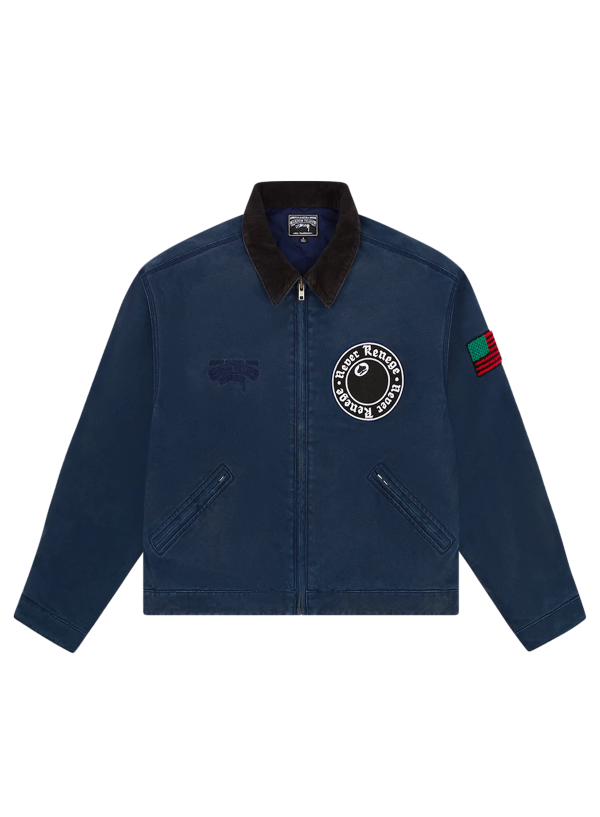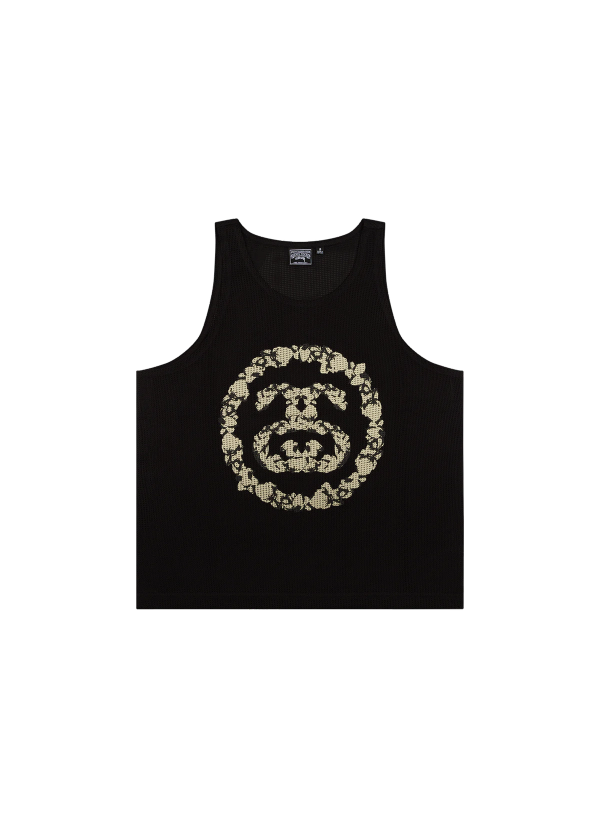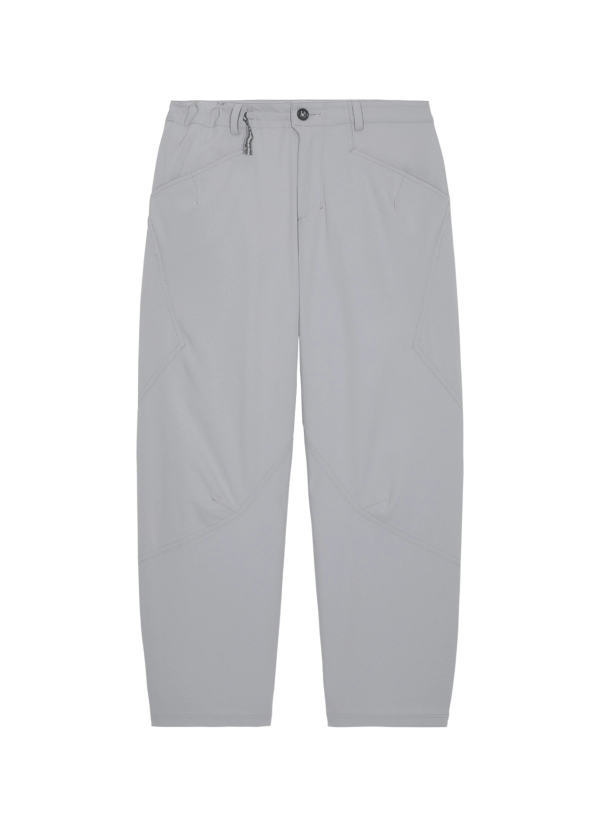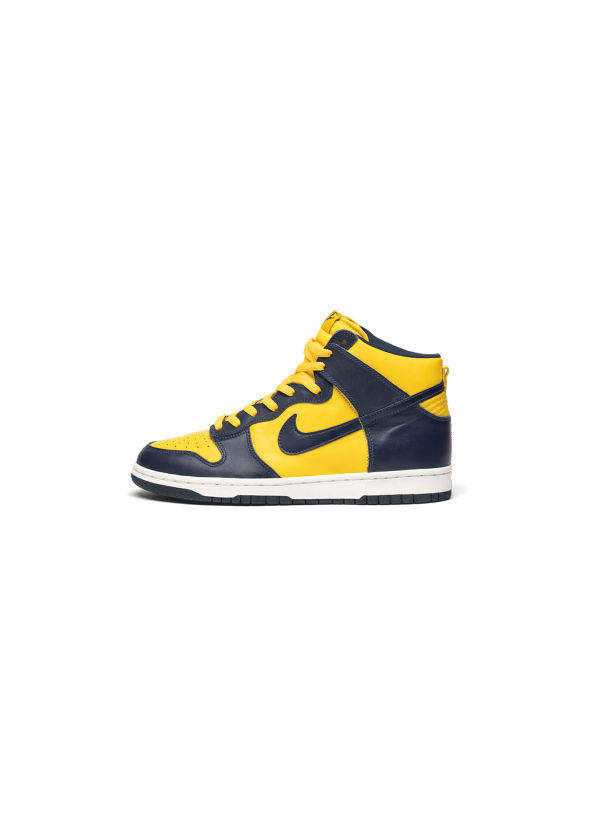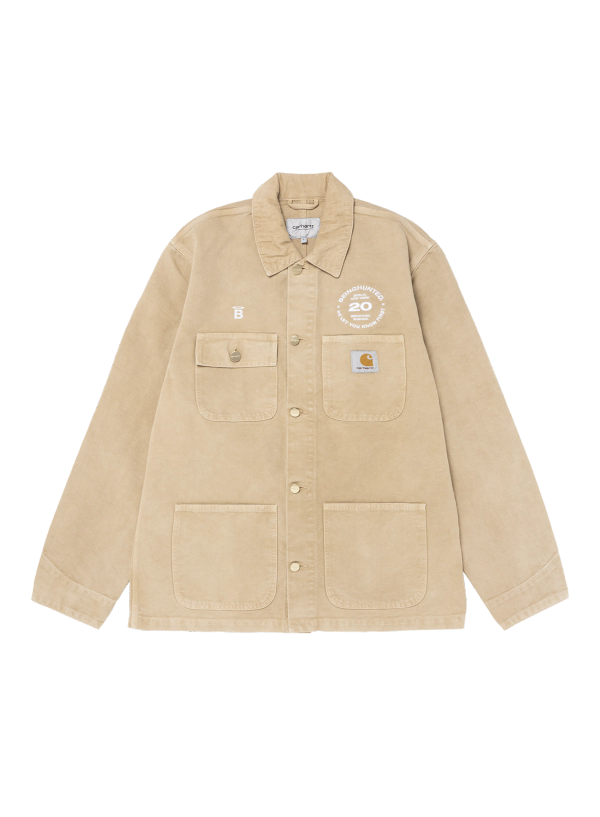In August 2025, Otto Resource and the Copenhagen-based concept store Grocery unveiled their second collaborative exhibition. This edition was made possible through a valued partnership with Limonta, whose exceptional textiles enriched the project’s creative direction and harmonized with the meticulous research, considered design, and refined craftsmanship of the garments on display.
In August 2025, Otto Resource and the Copenhagen-based concept store Grocery unveiled their second collaborative exhibition. This edition was made possible through a valued partnership with Limonta, whose exceptional textiles enriched the project’s creative direction and harmonized with the meticulous research, considered design, and refined craftsmanship of the garments on display.
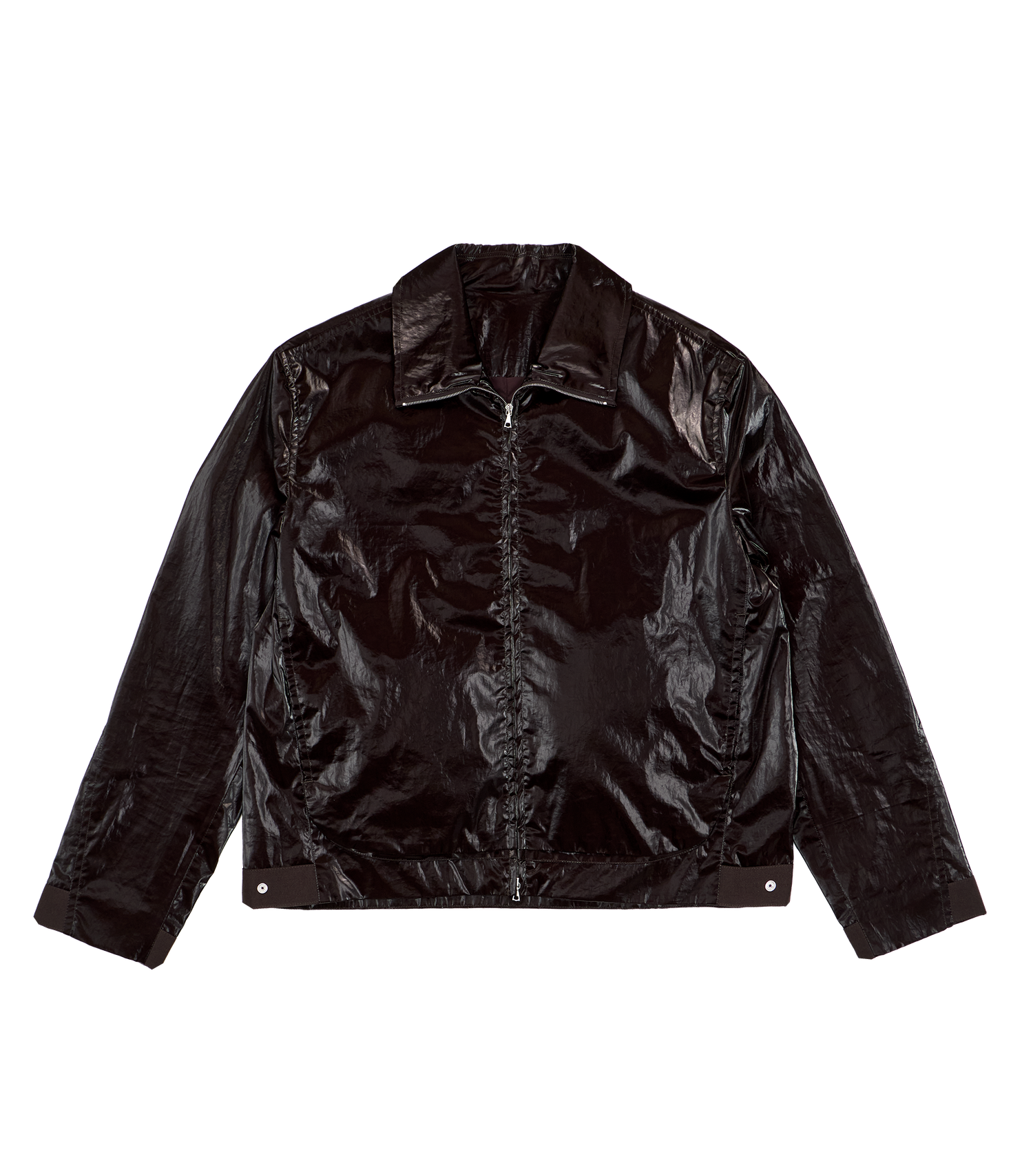
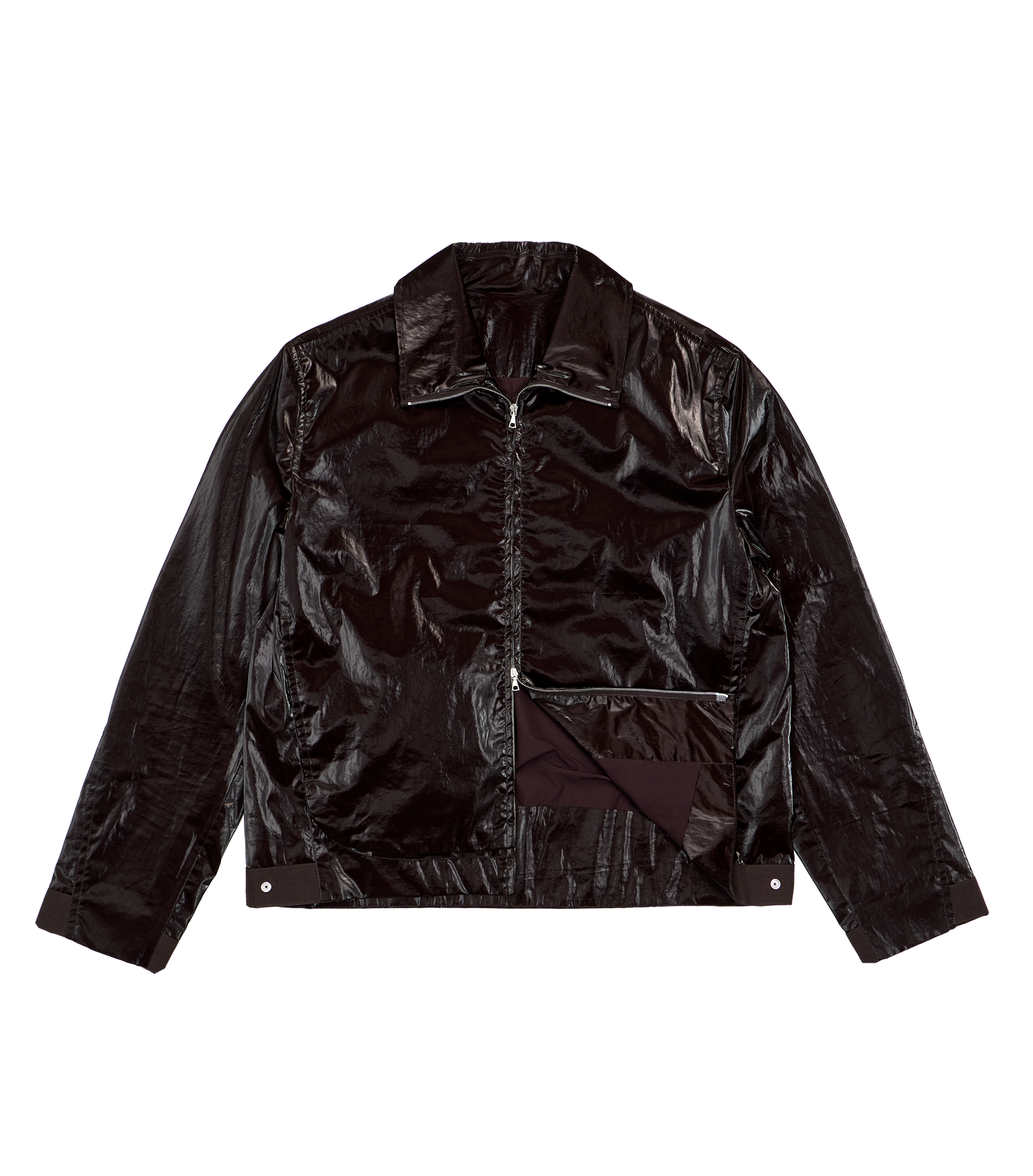
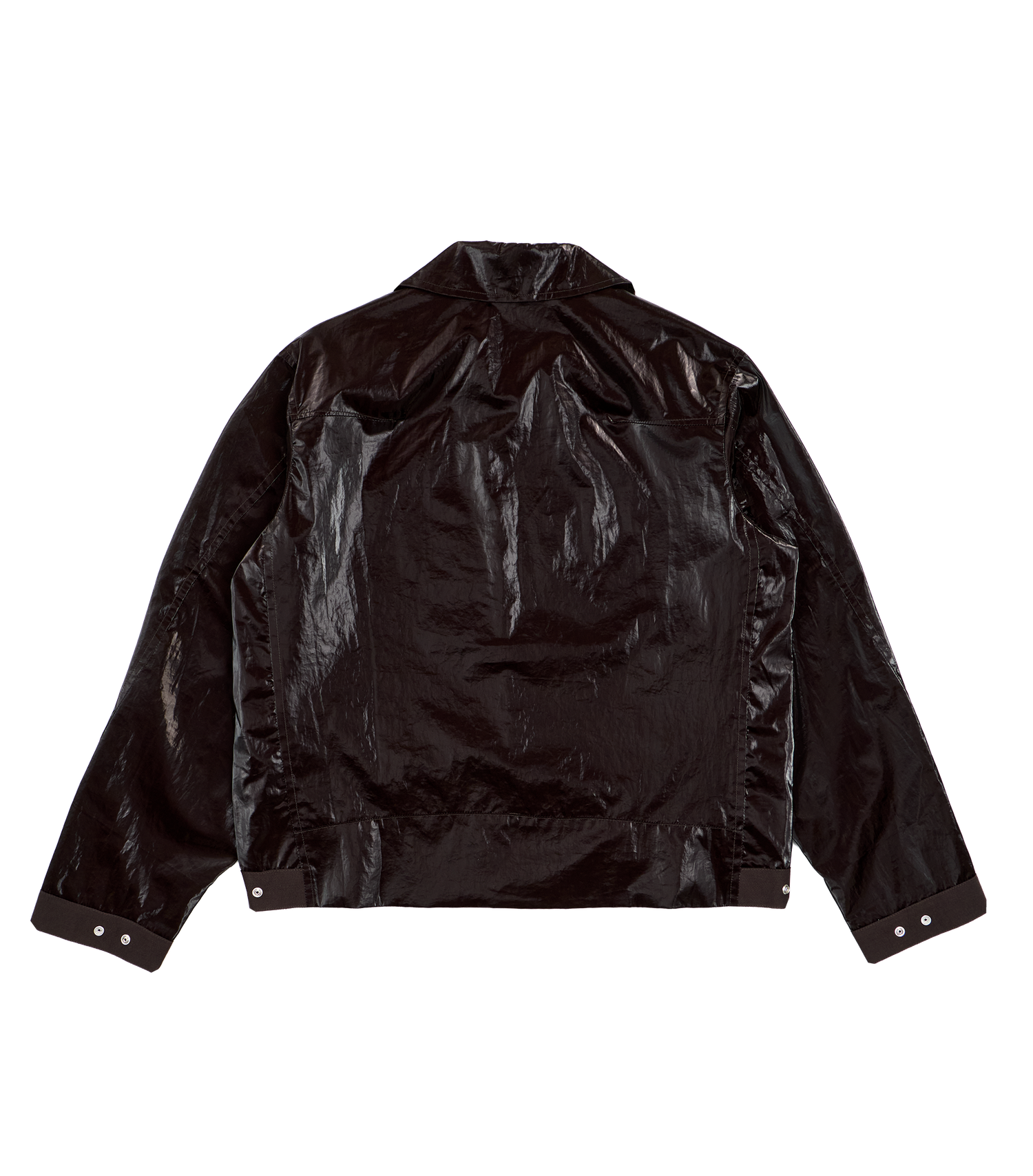
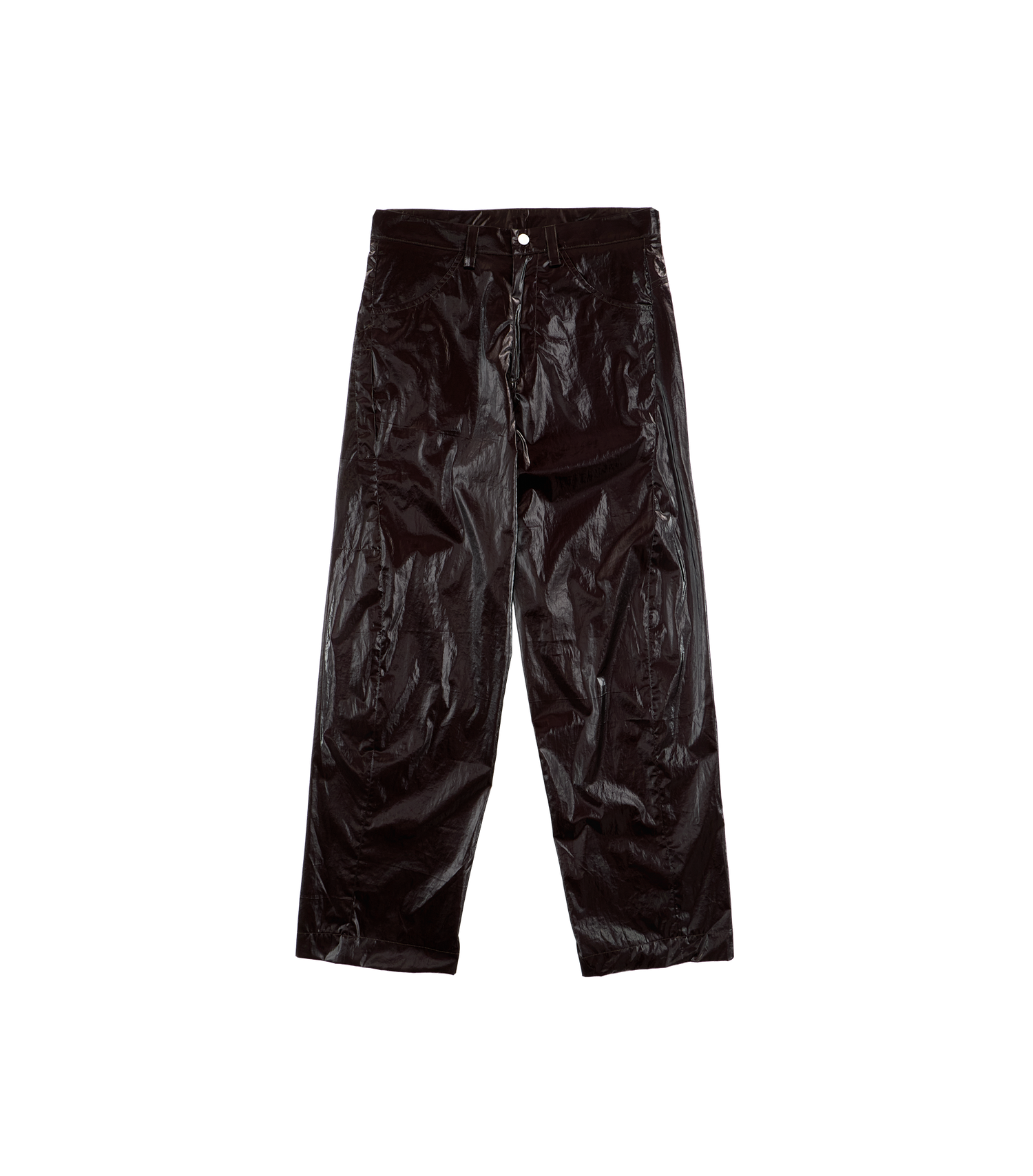
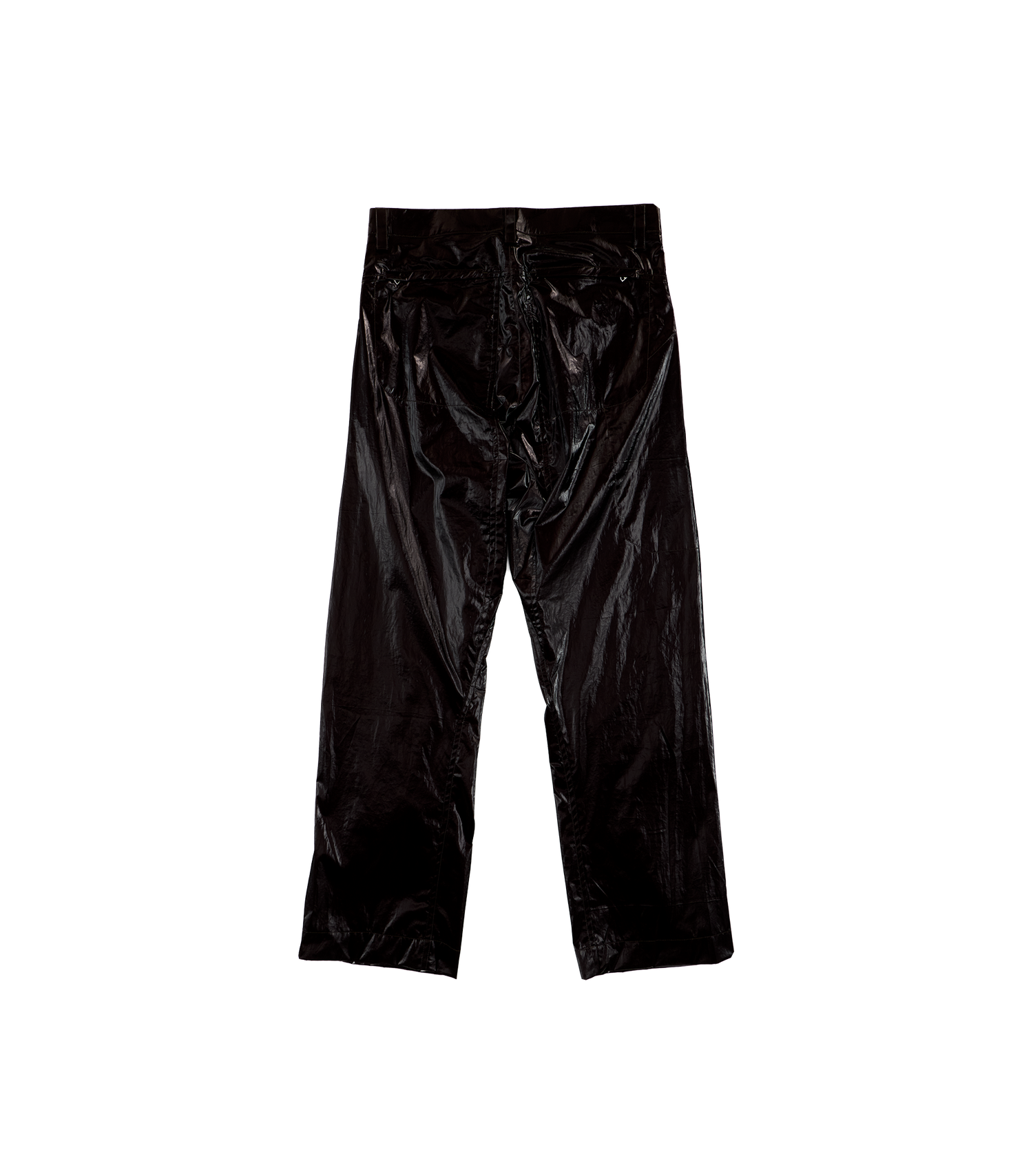



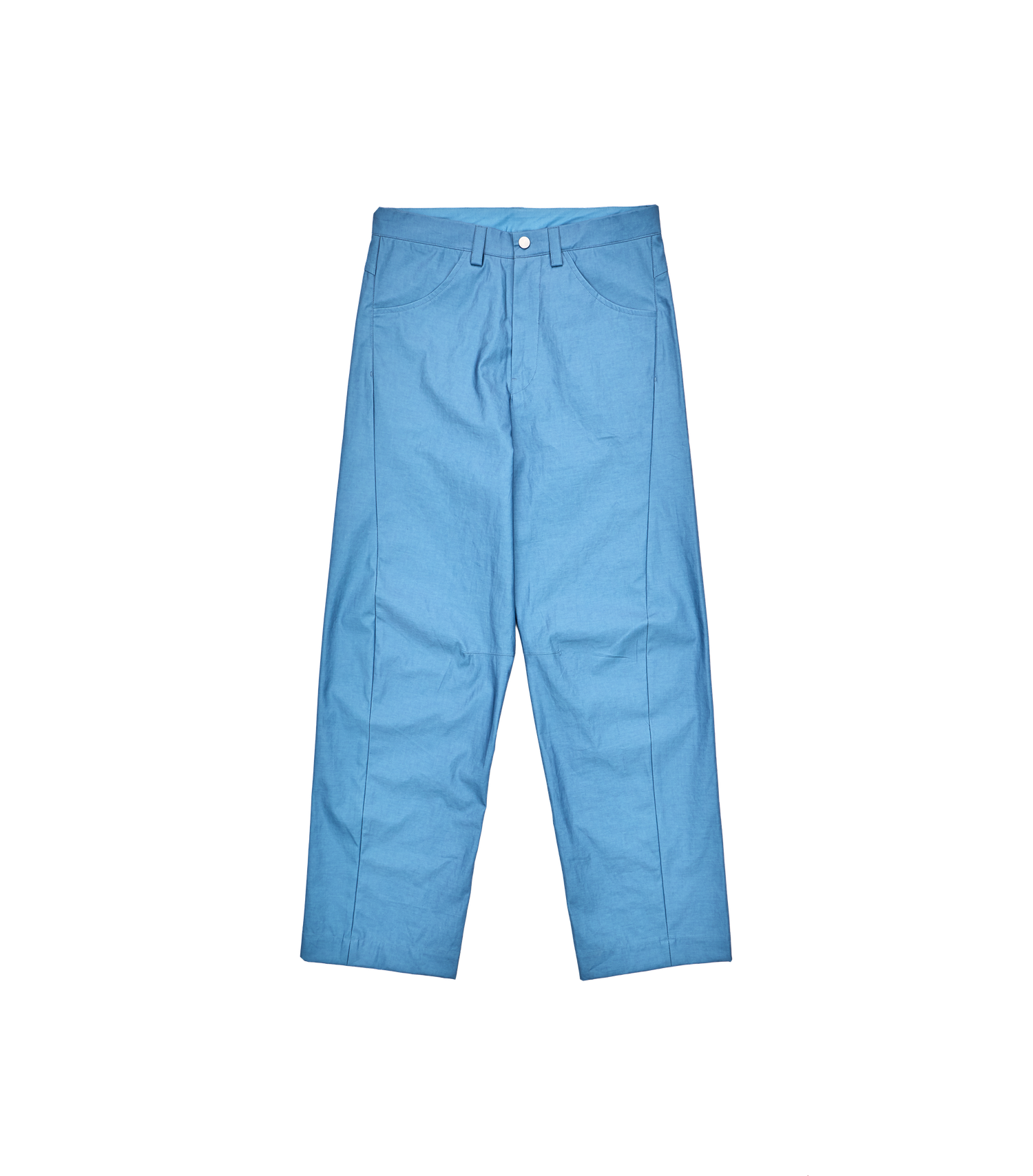
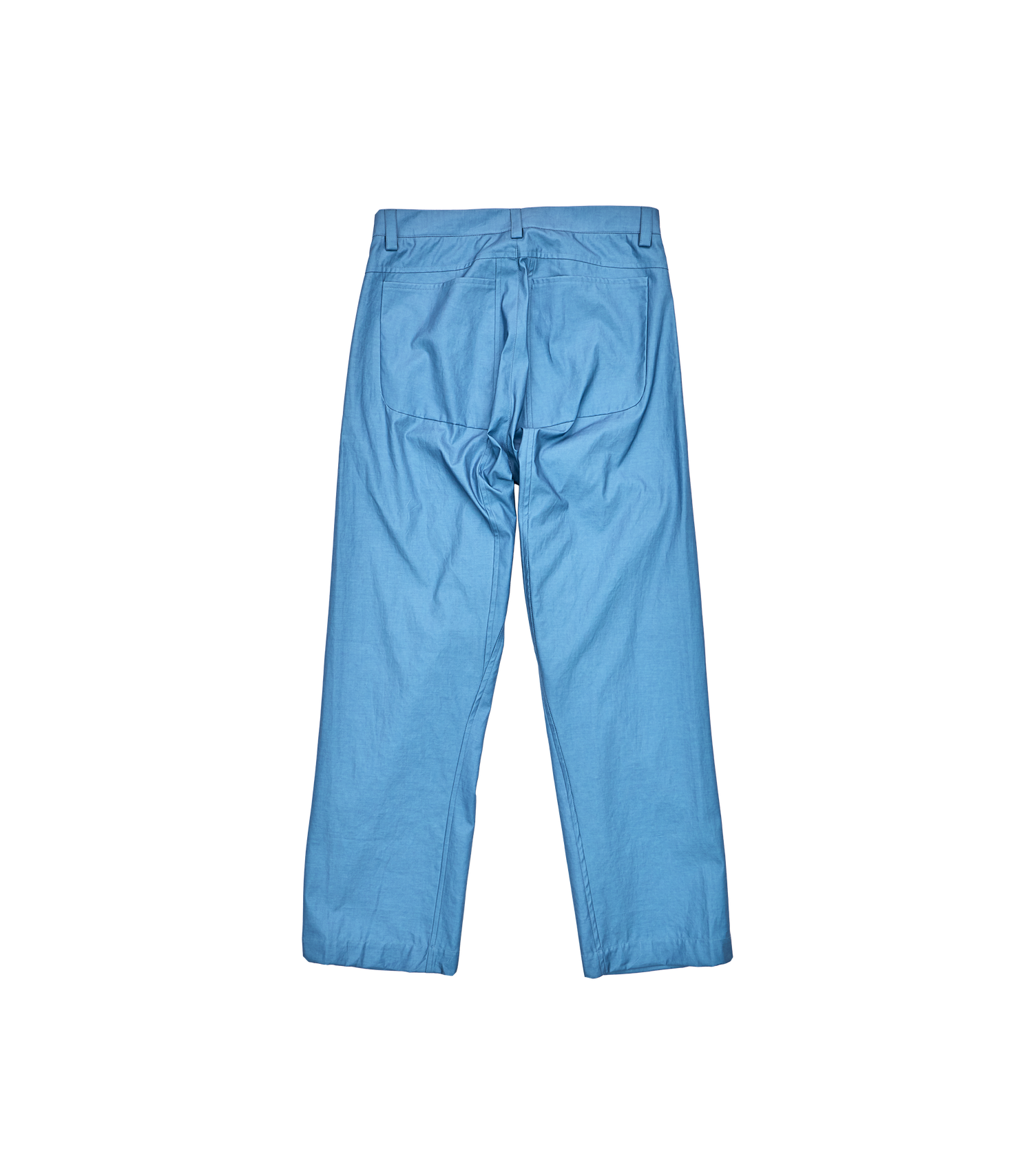

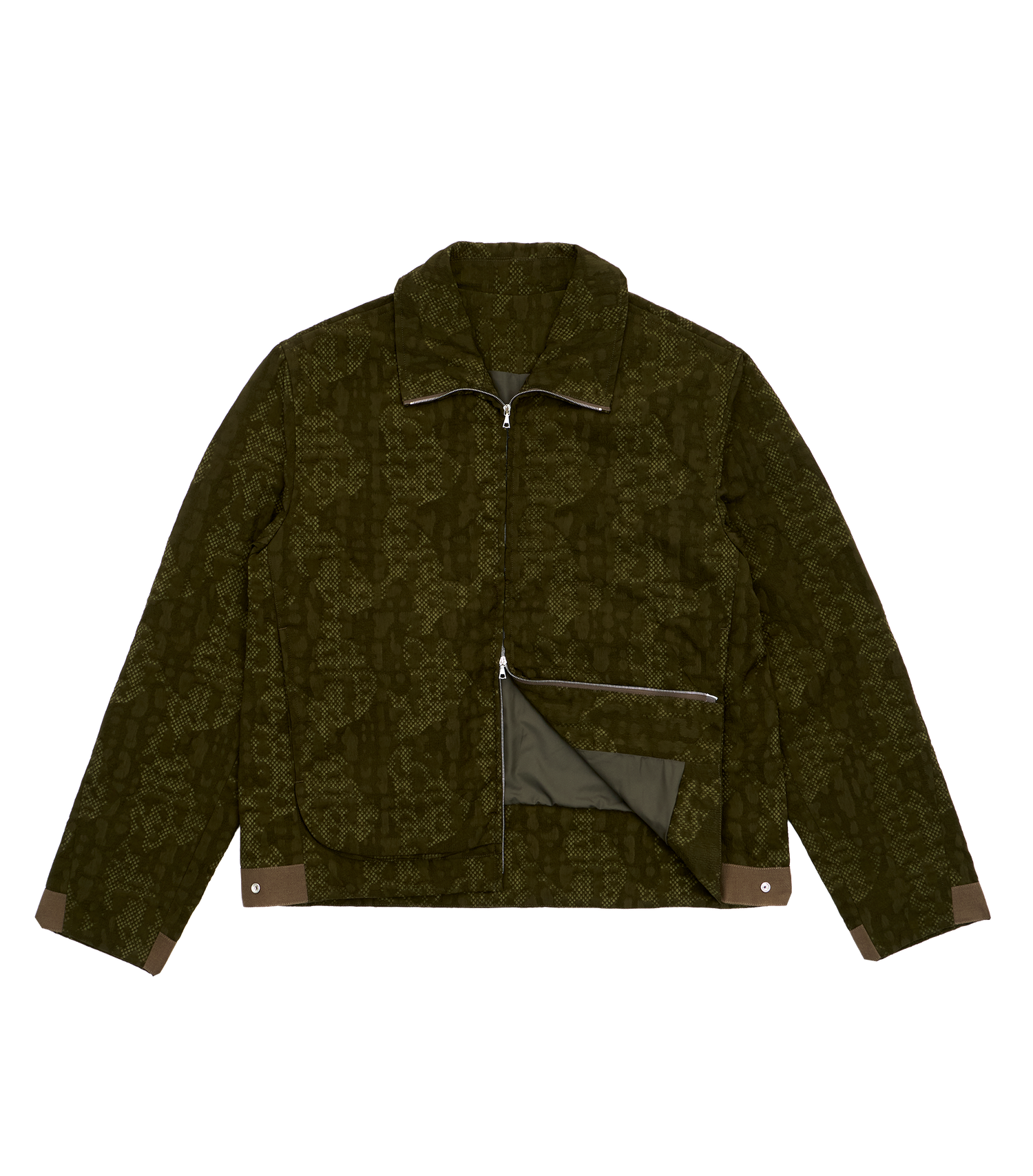
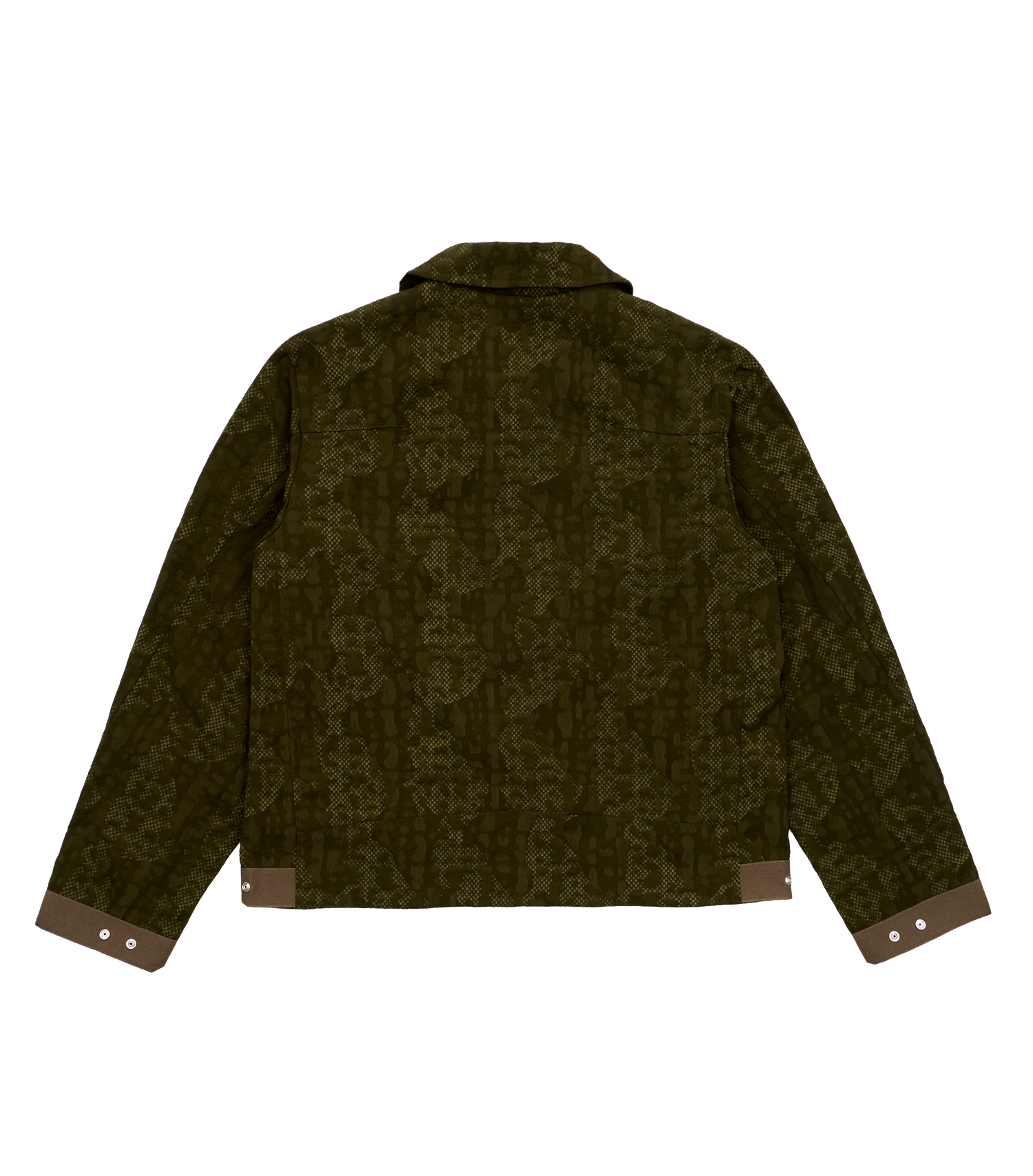
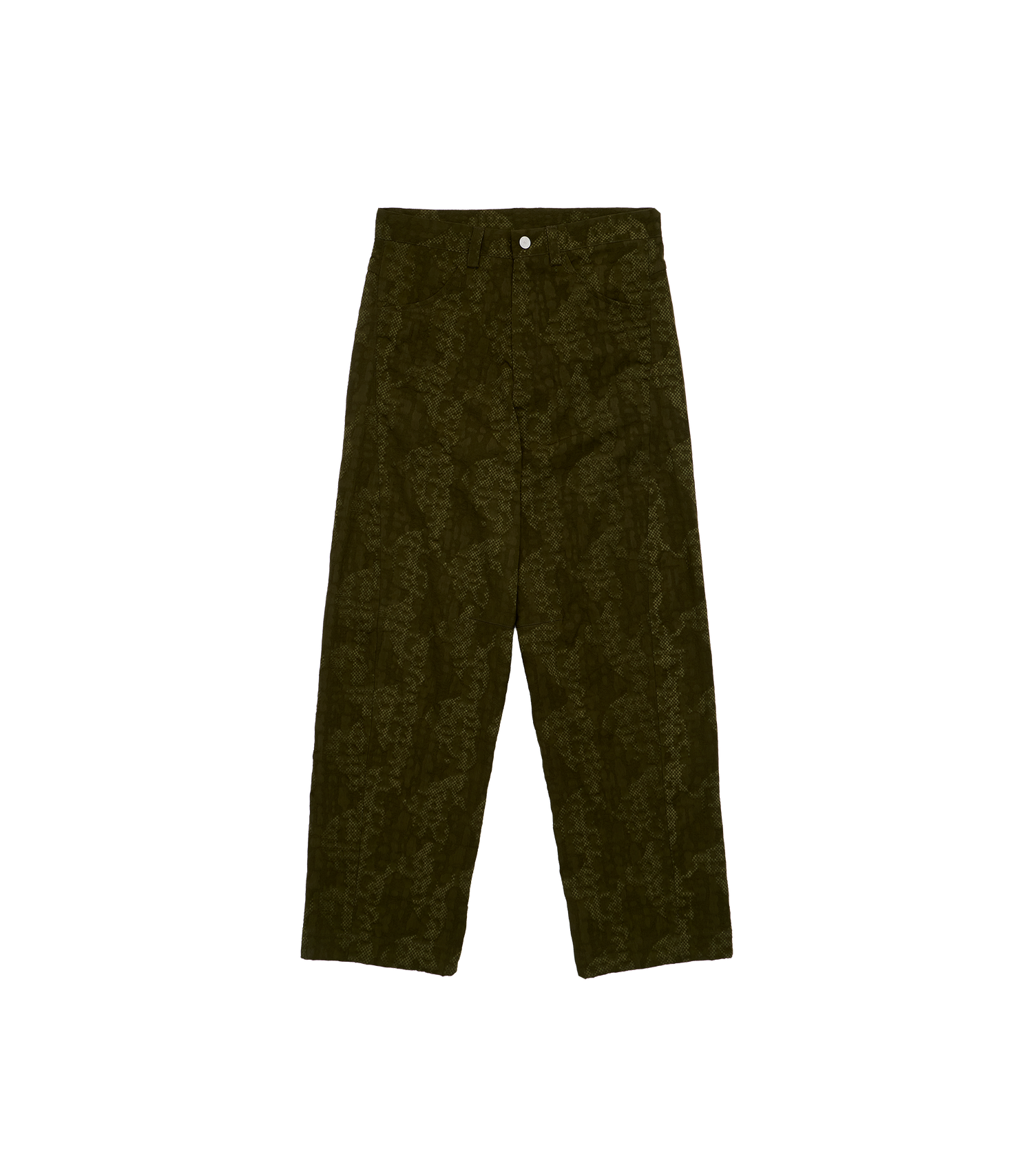
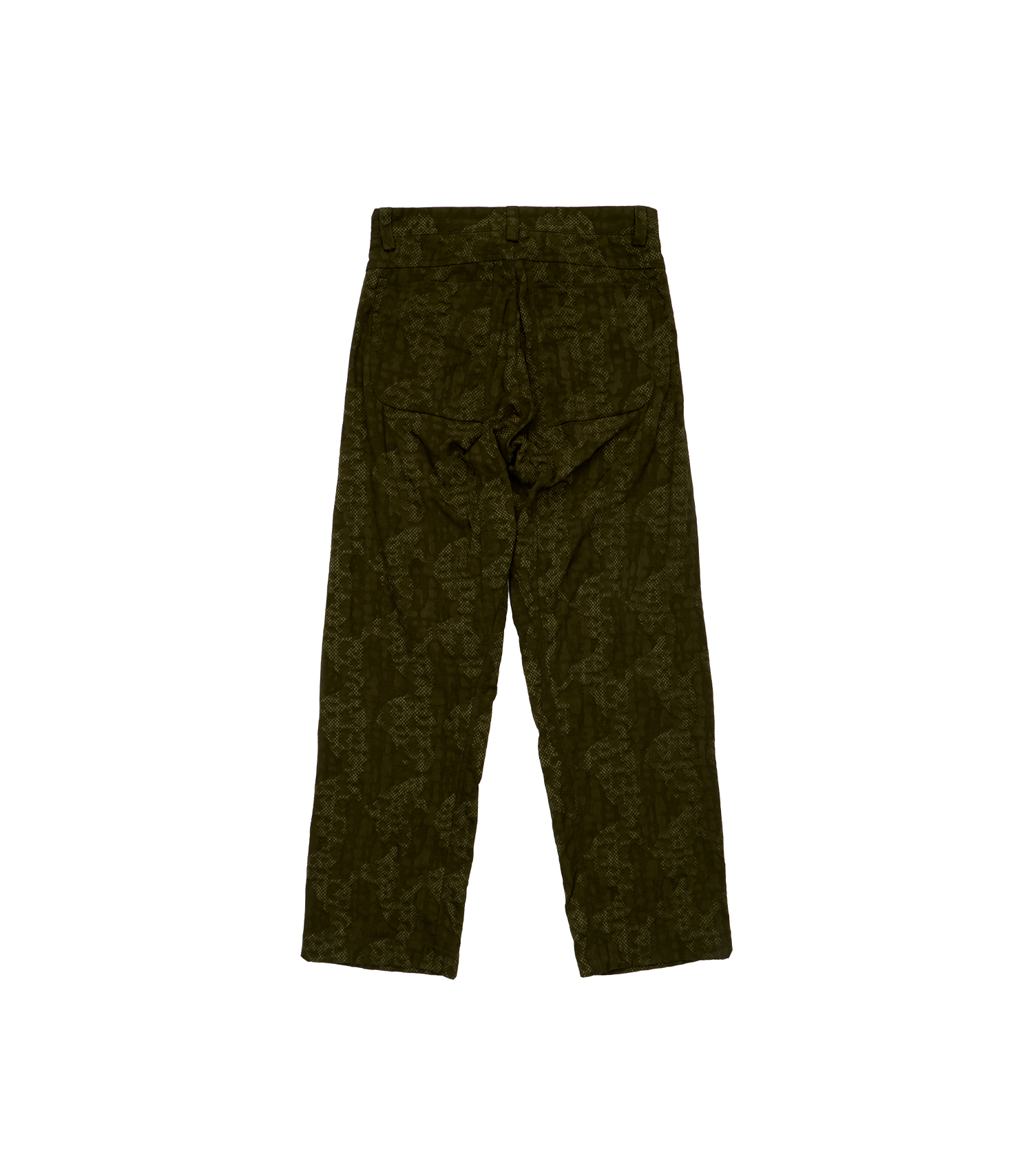
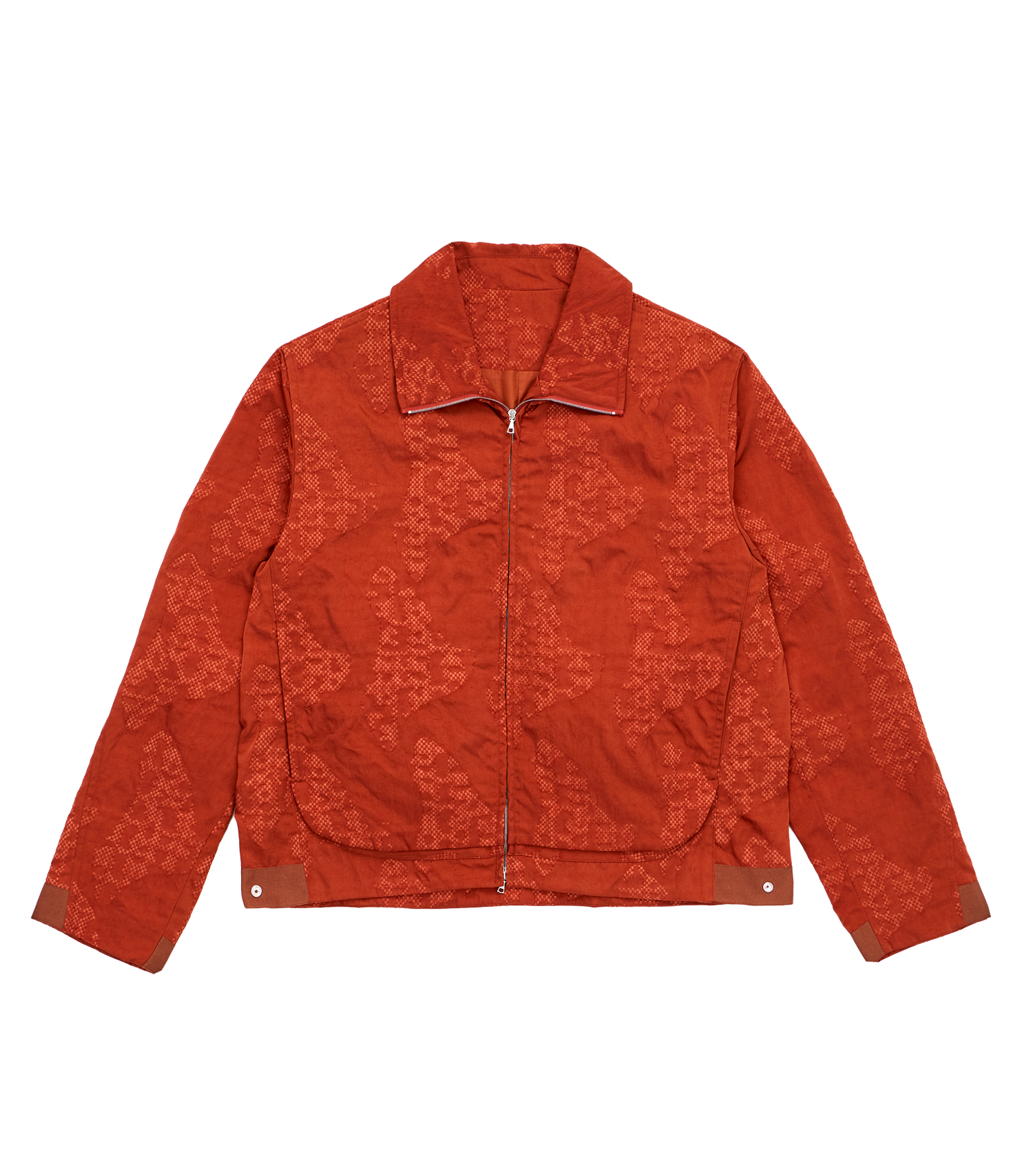
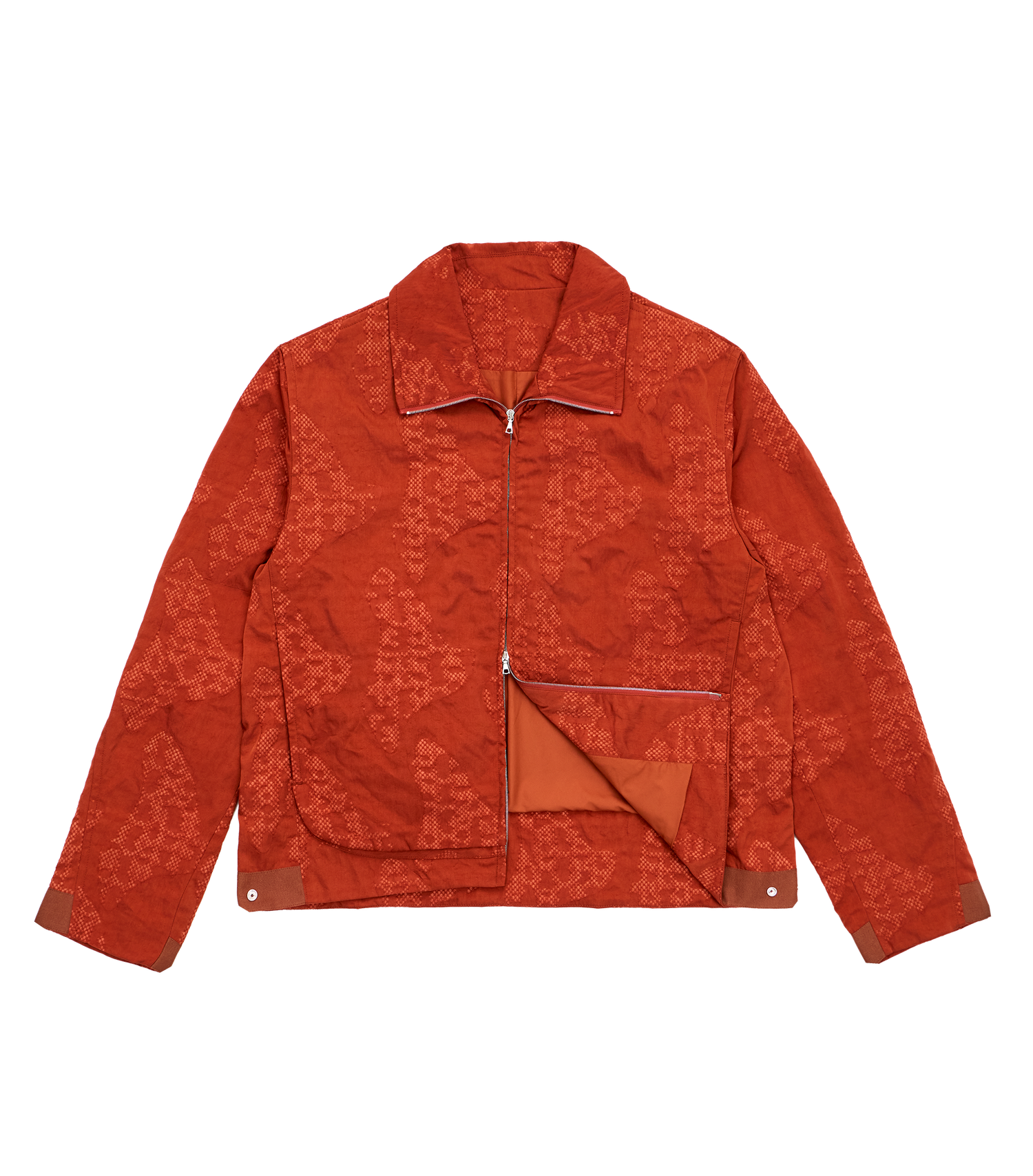
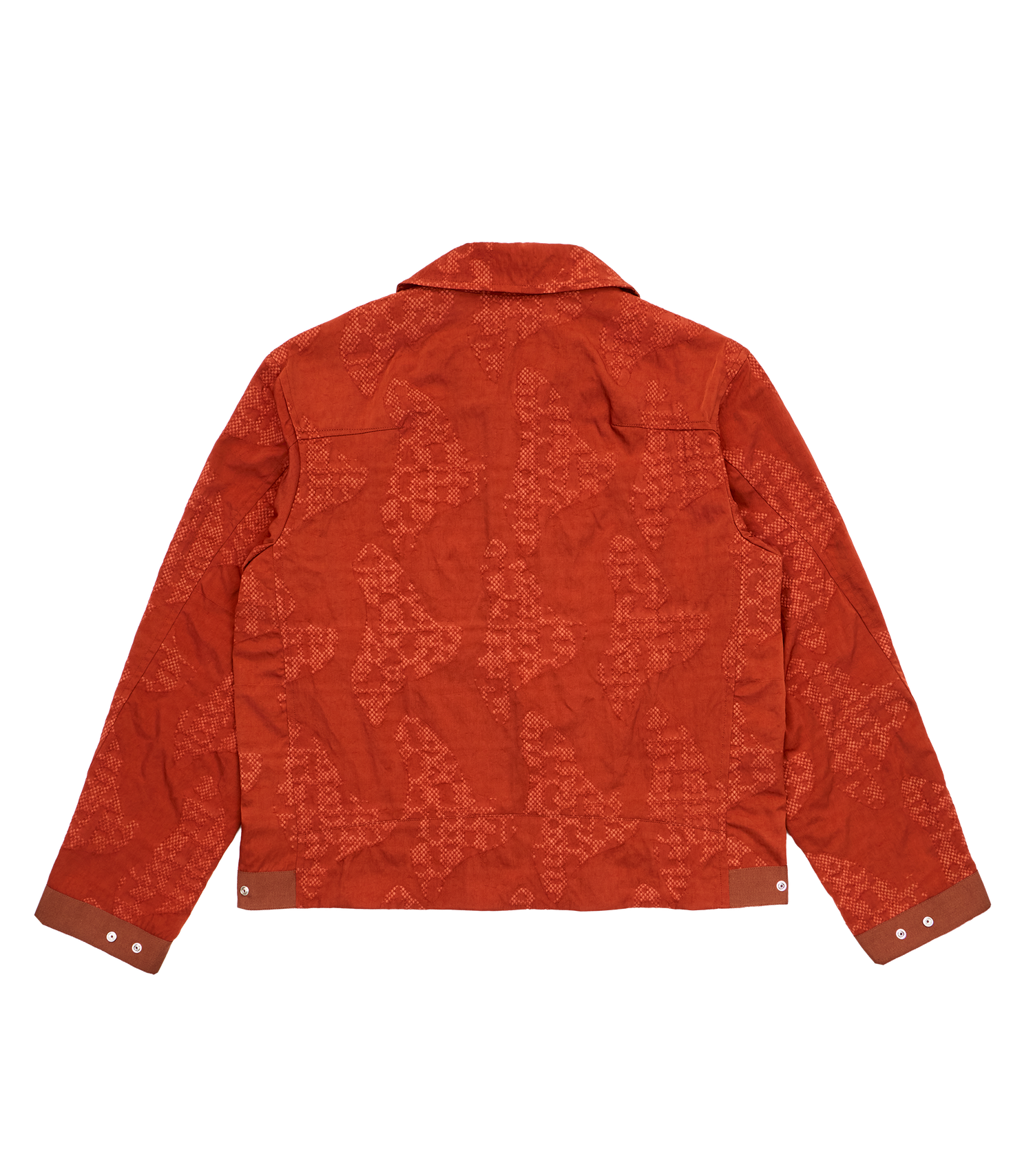
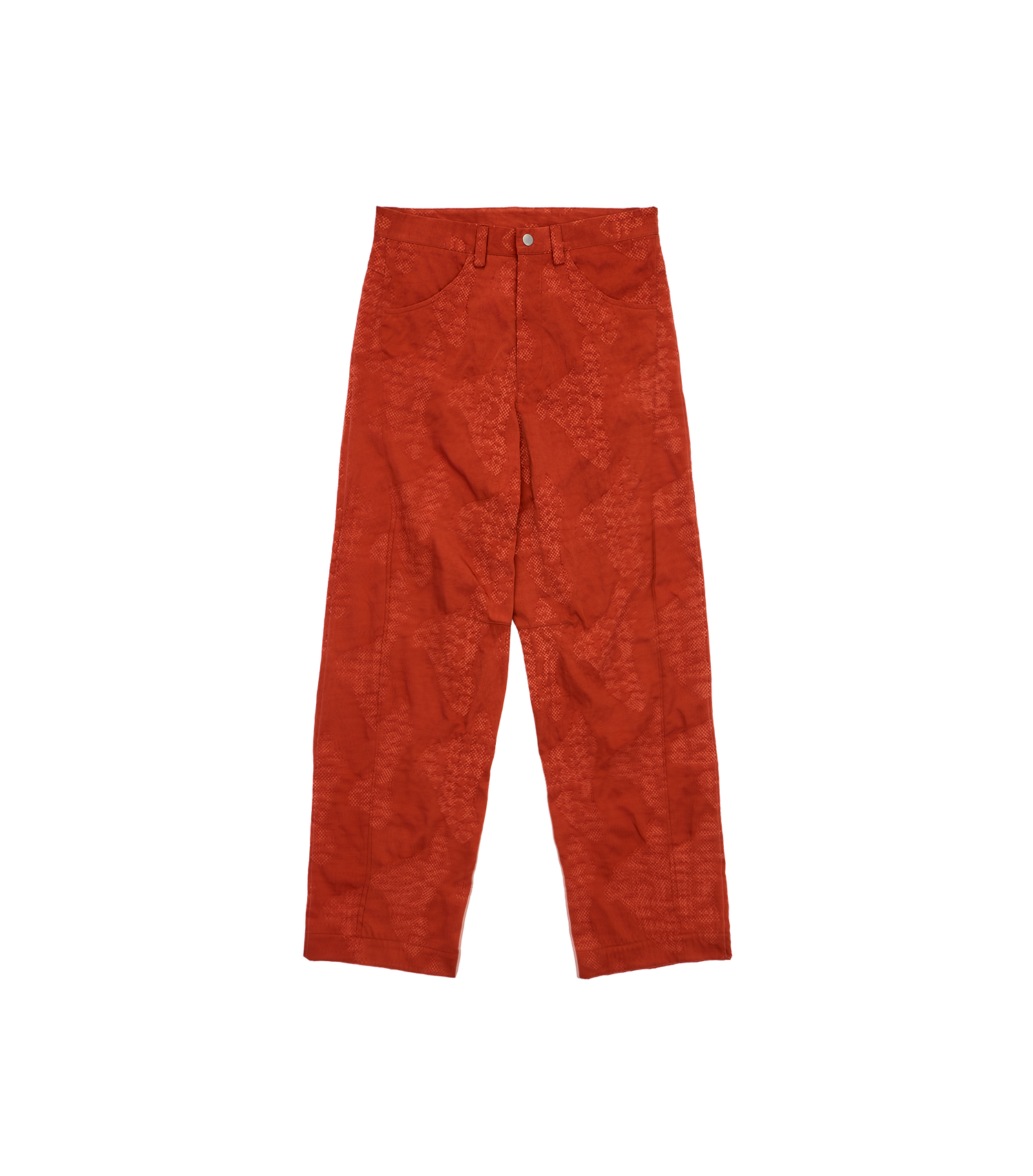
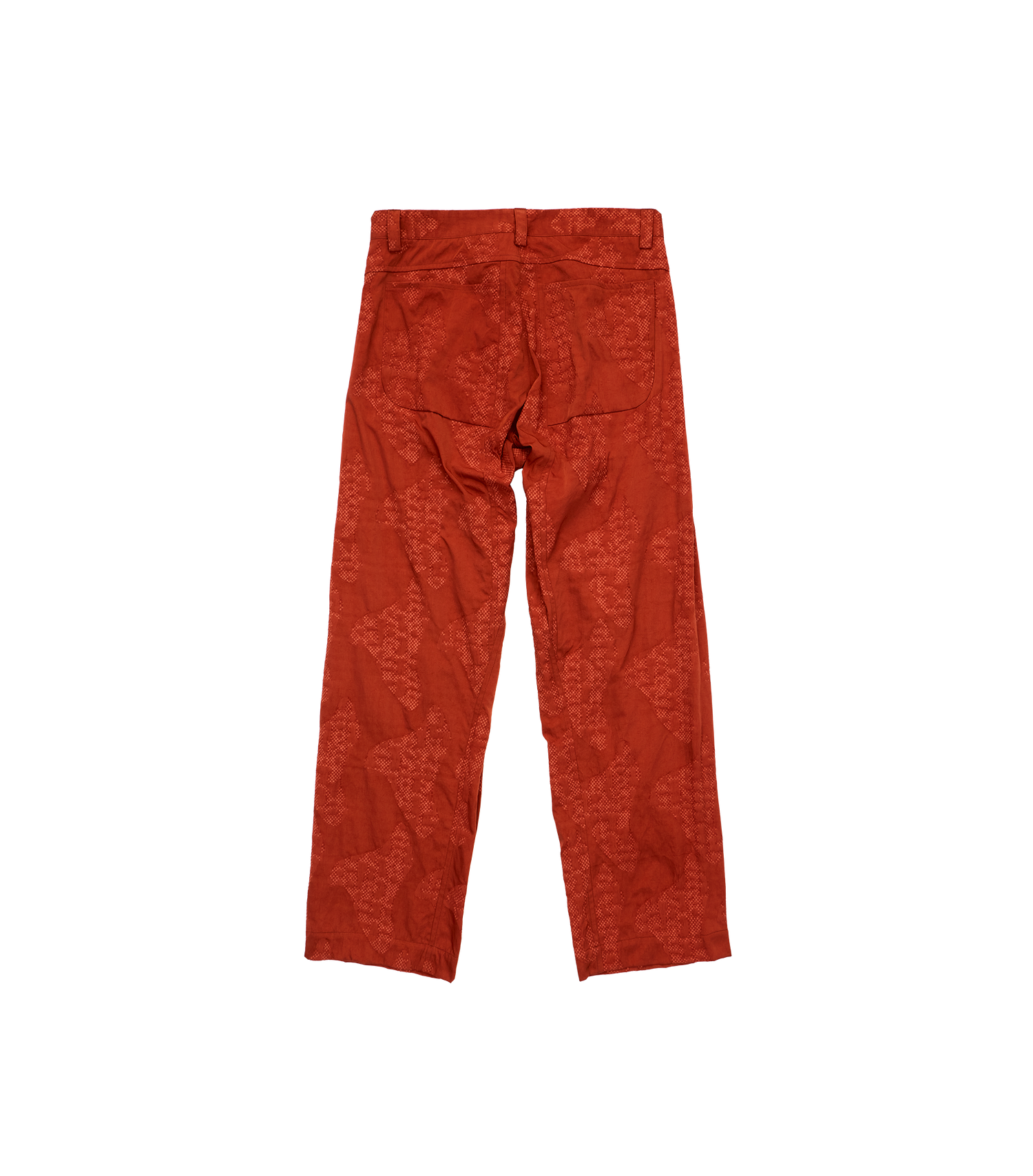
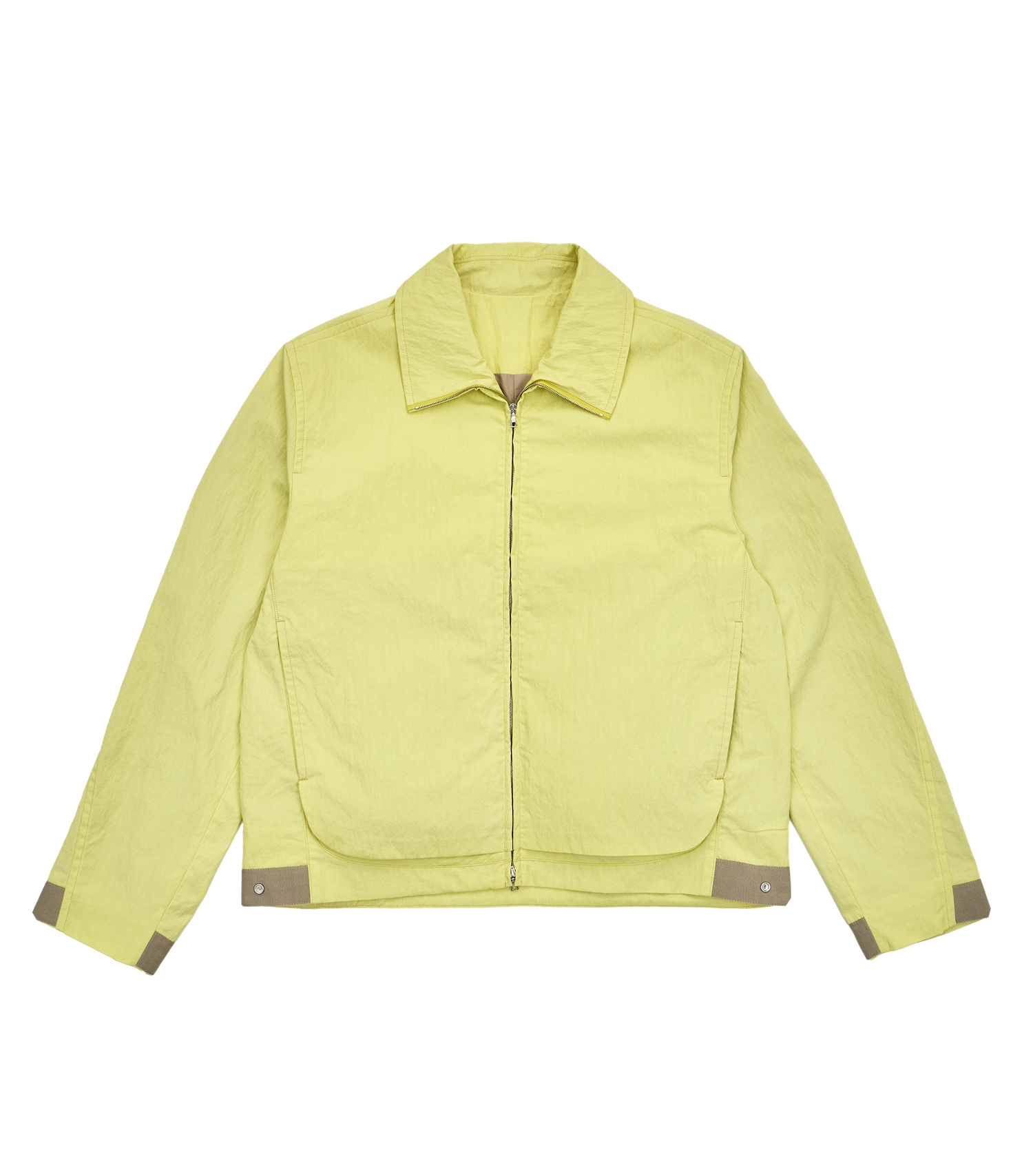
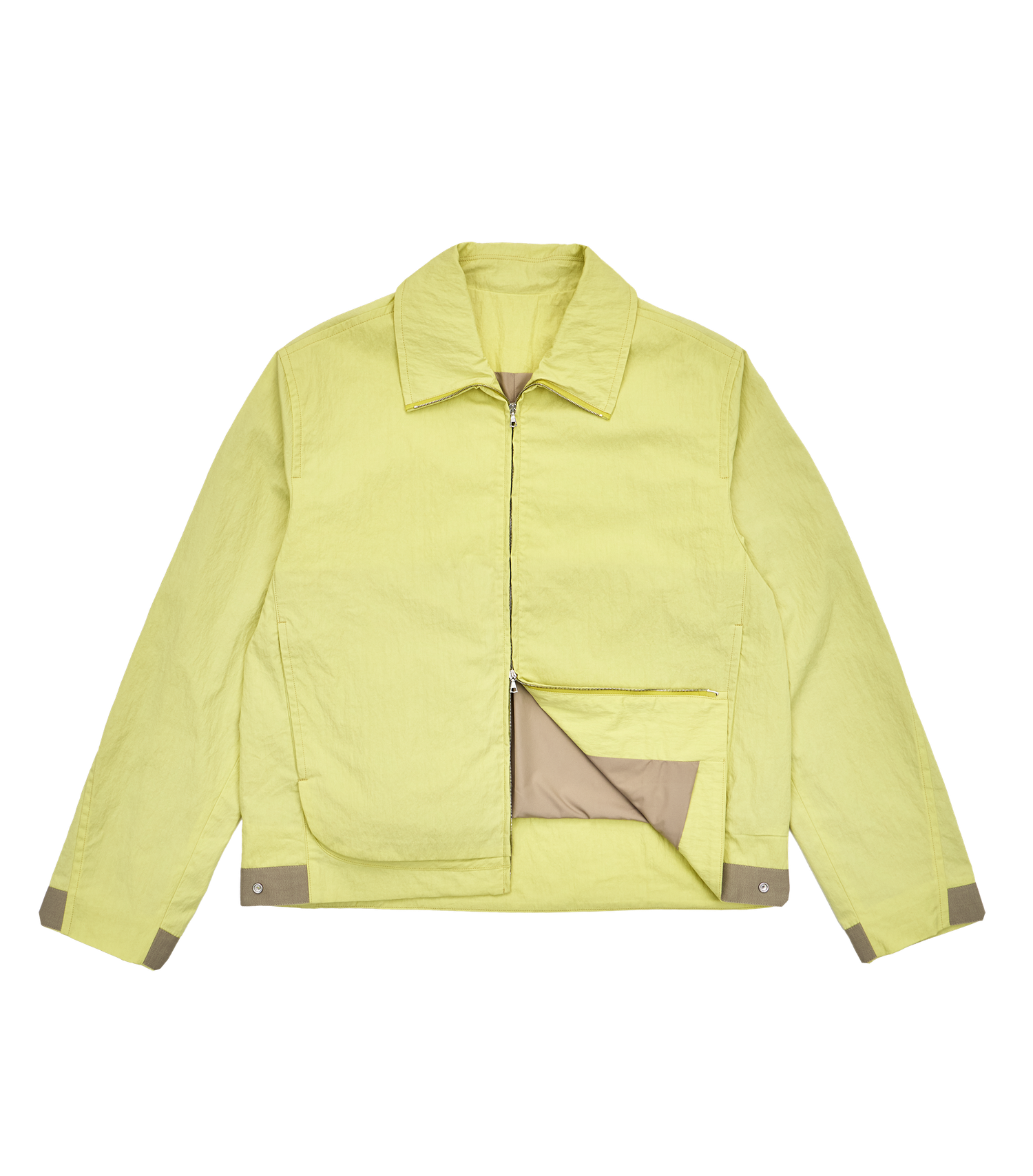
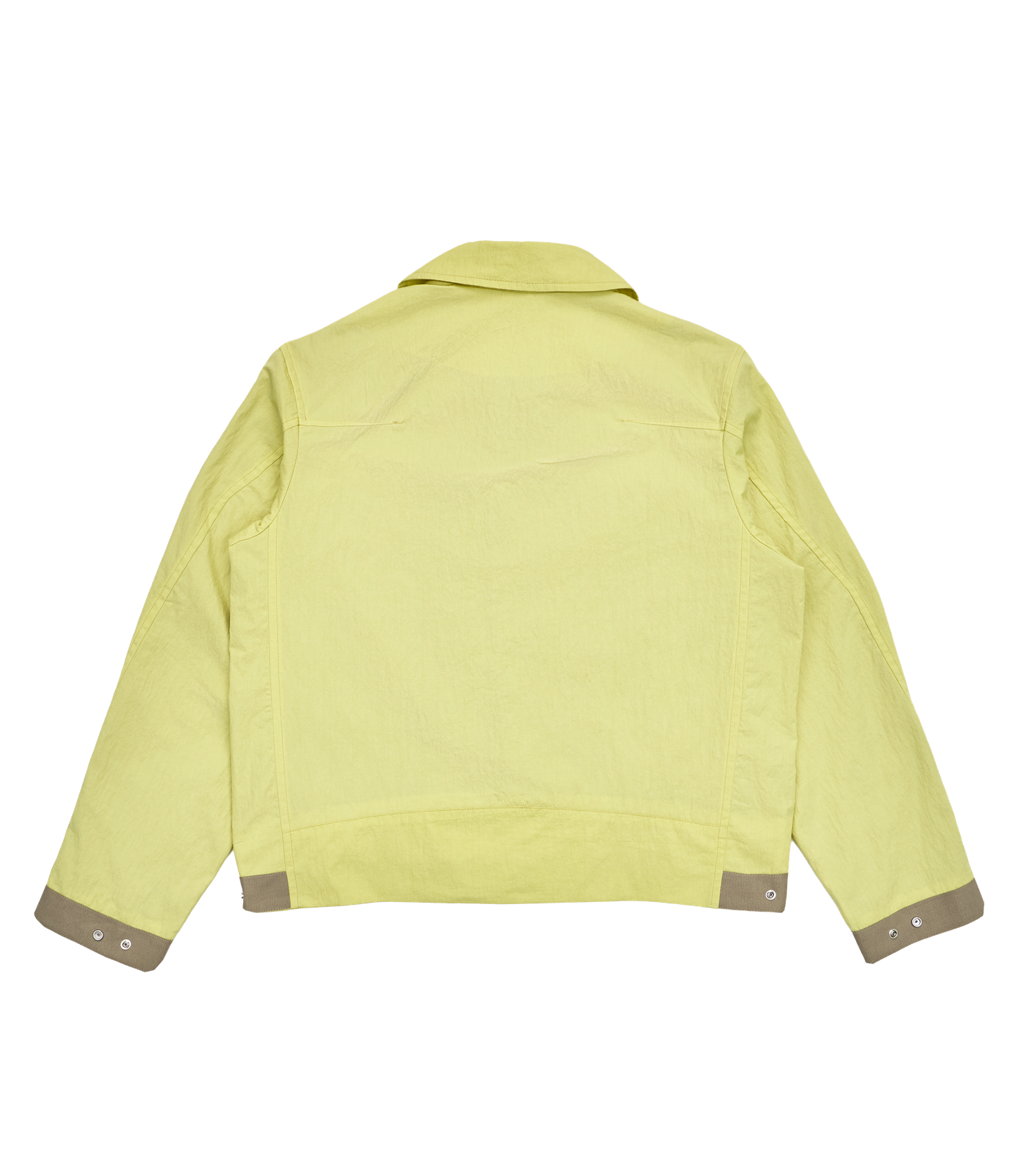

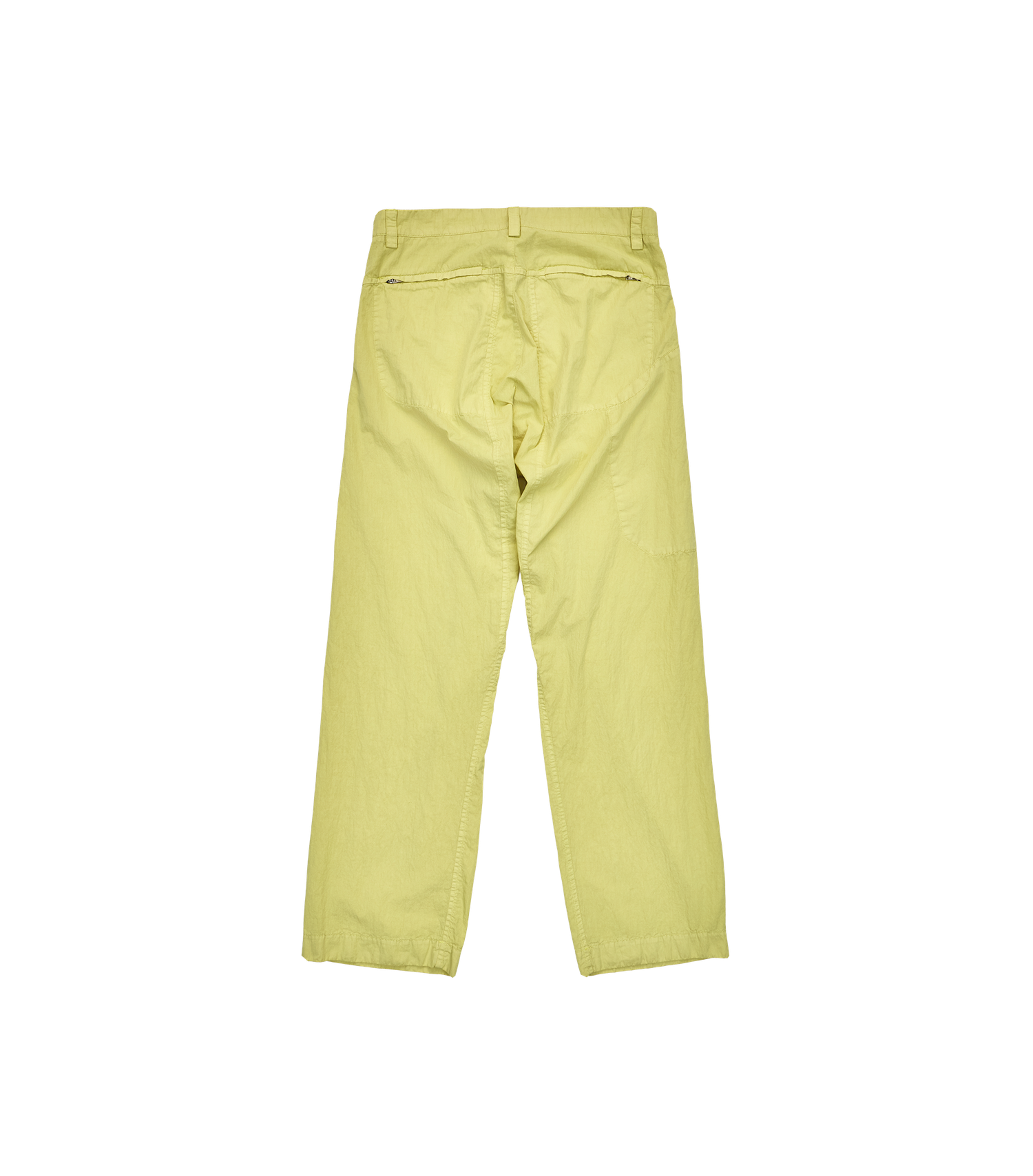
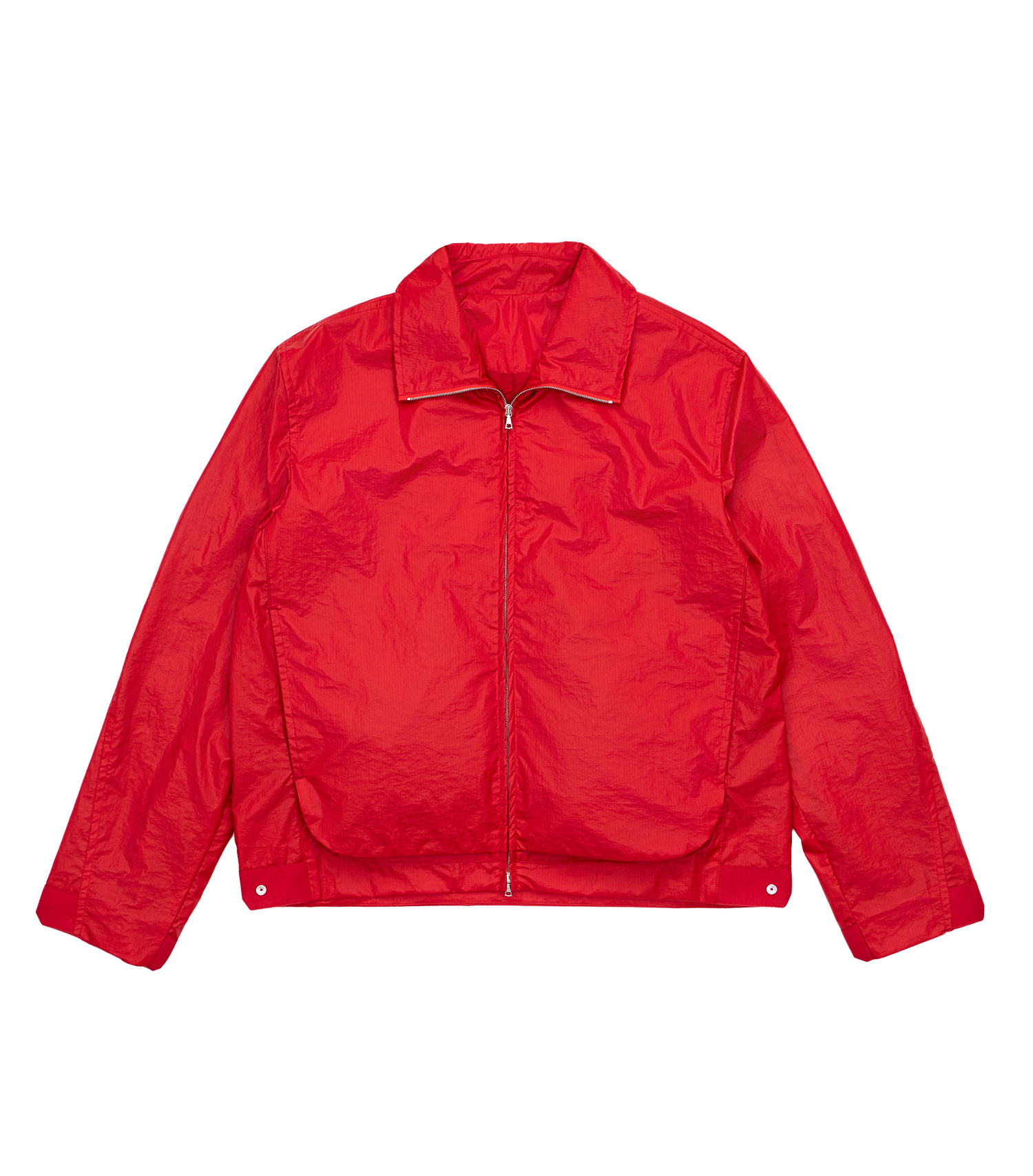
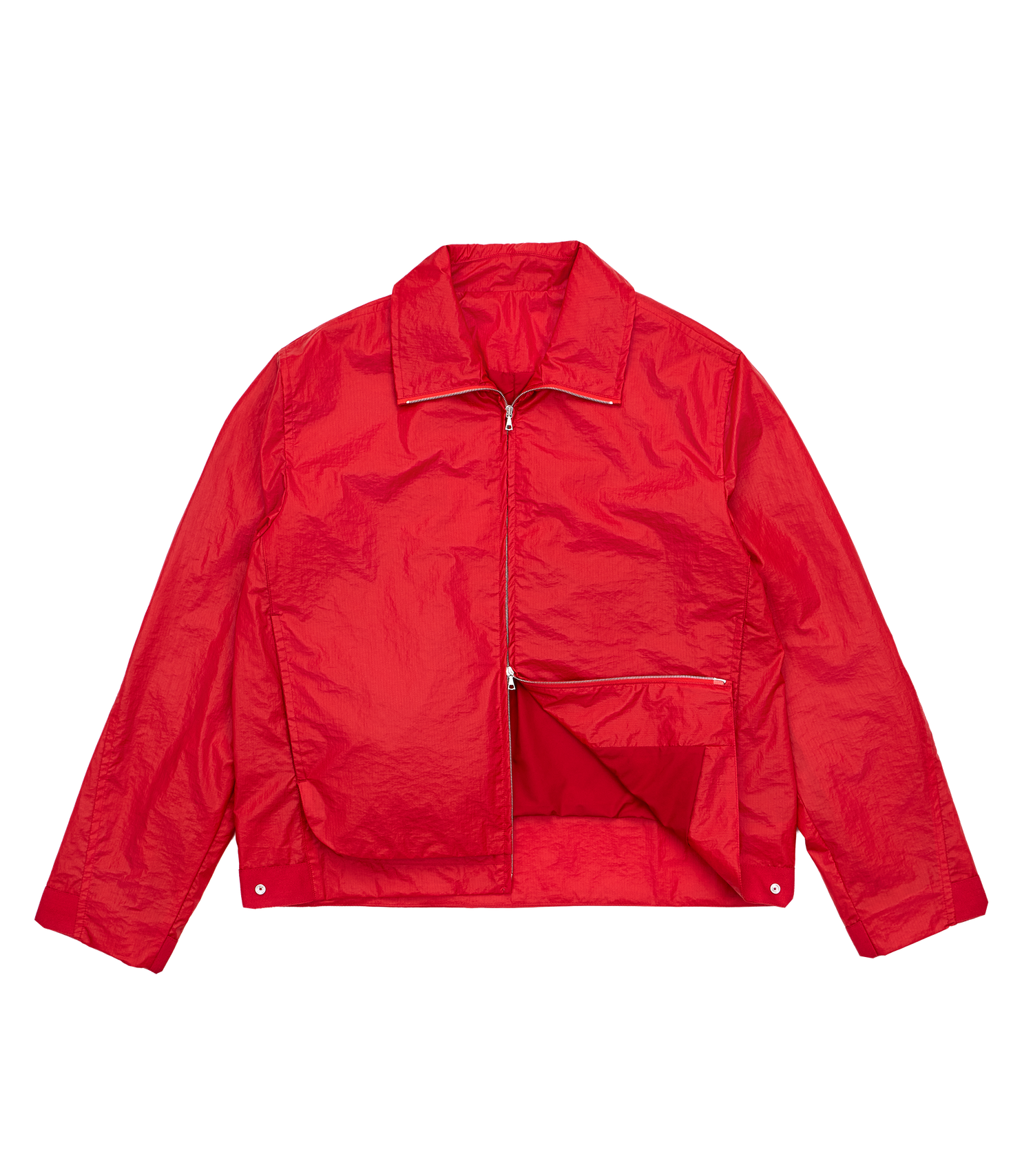
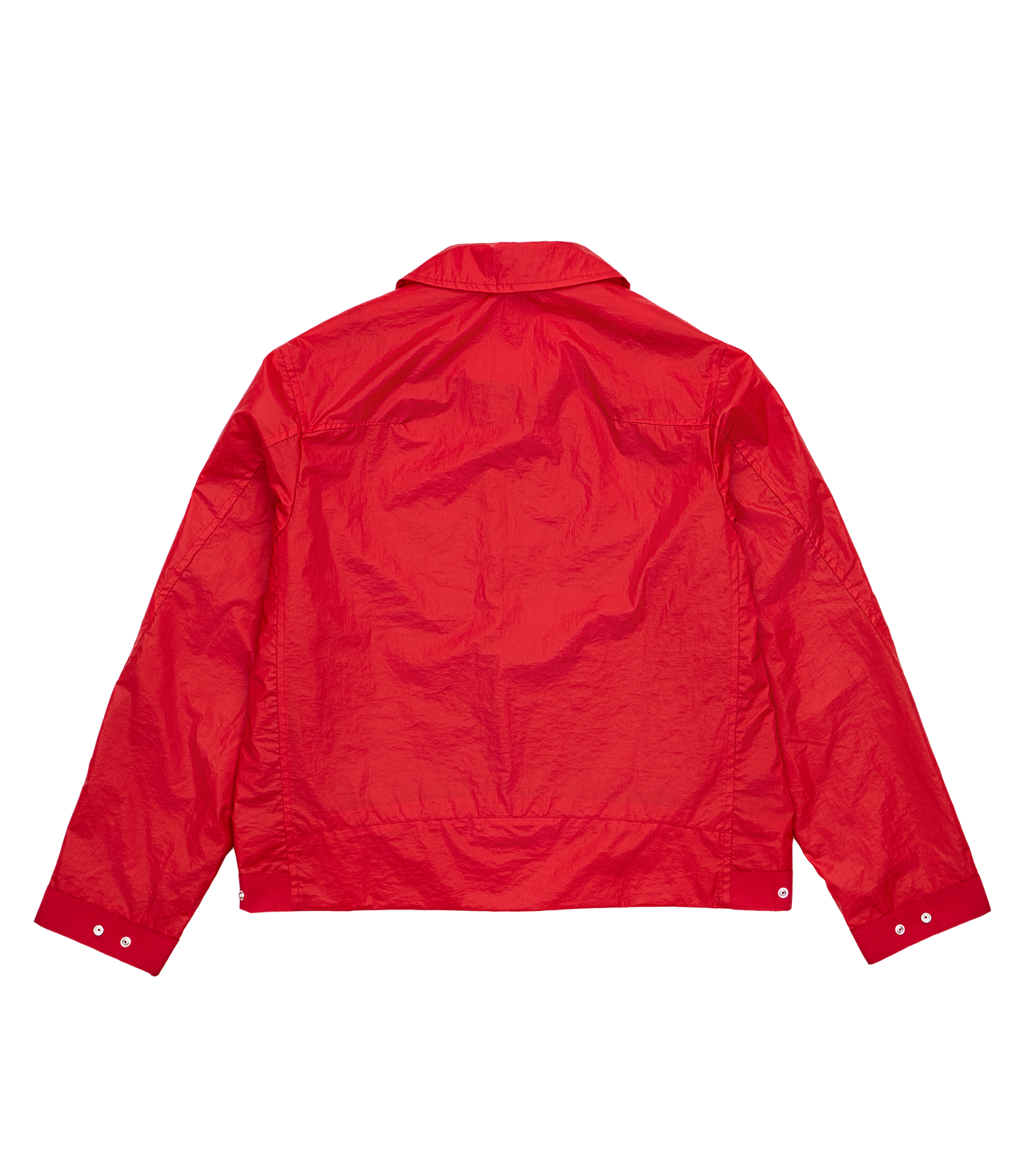

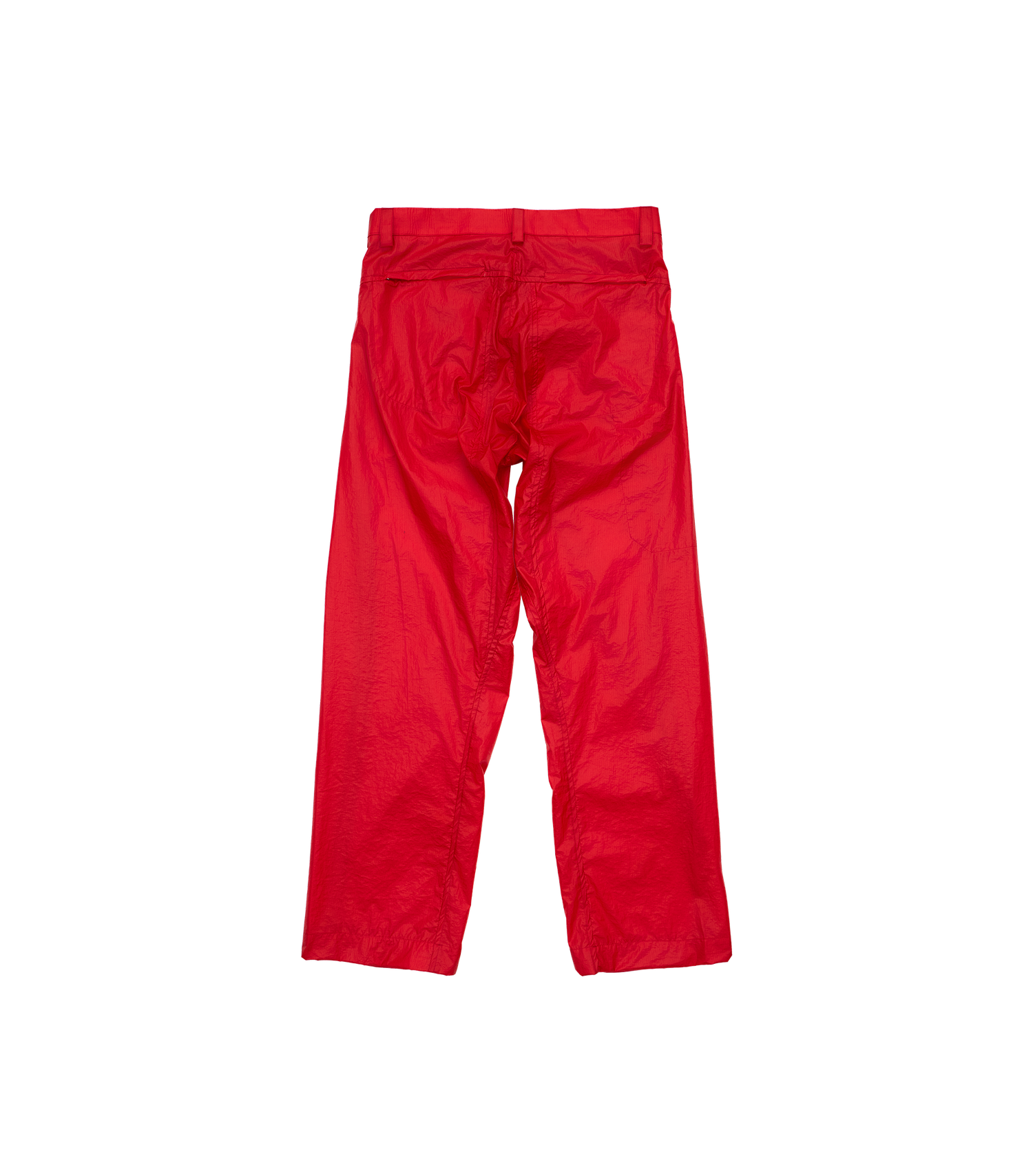
“Innovation” doesn’t only represent something better or new, but something that shapes a better attitude towards design
(Sub)cultural “Association” often draw an intelligible connection between a product’s innovative promise and its “Values”
“Values” represent the consumer’s philosophical, sociological, and ecological beliefs, all while fostering a deeper connection to the product
A proprietary design “Method” can be formed by connecting a product’s “Values” with the elements that make it foundational
“Foundation” is the base from which “Values” and “Needs” are determined, and through which the extent of “Innovation” is understood
“Use” is defined by the “Needs” placed on a product and how these relate to its foundational promise as a piece of design
“Needs” are largely informed by the “Values” placed on a product by its end consumer, target market, socio-economic position, and brand
The “Aesthetics” of a product should be shaped by addressing its “Needs” and the degree to which it needs to be innovative
View Mode
View Mode
Explore Select Garment Studies From Our Digital Archive
Otto Resource for Beinghunted. Editorial: Tracing Clubwear’s Far-Reaching Influence on Streetwear
 A screenprint reproduction (2000) of “Running Chum II” by street art icon KAWS
A screenprint reproduction (2000) of “Running Chum II” by street art icon KAWS An excerpt from poster for the 1999 “Heat & [Jungle] Fever” party that took place in Hastings, East Sussex.
An excerpt from poster for the 1999 “Heat & [Jungle] Fever” party that took place in Hastings, East Sussex. A young Clifford Joseph Price, better known as Goldie, featured in “CUTS”, a book which was originally edited by Tyrone Lebon, with images by Steve Brooks.
A young Clifford Joseph Price, better known as Goldie, featured in “CUTS”, a book which was originally edited by Tyrone Lebon, with images by Steve Brooks. Town Tei (Left) of the American house and dance music group Deee-lite photographed with some of its members wearing an Anarchic Adjustment hat.
Town Tei (Left) of the American house and dance music group Deee-lite photographed with some of its members wearing an Anarchic Adjustment hat. ©2023 Otto Resource c/o Adam Barnard. All rights reserved.


